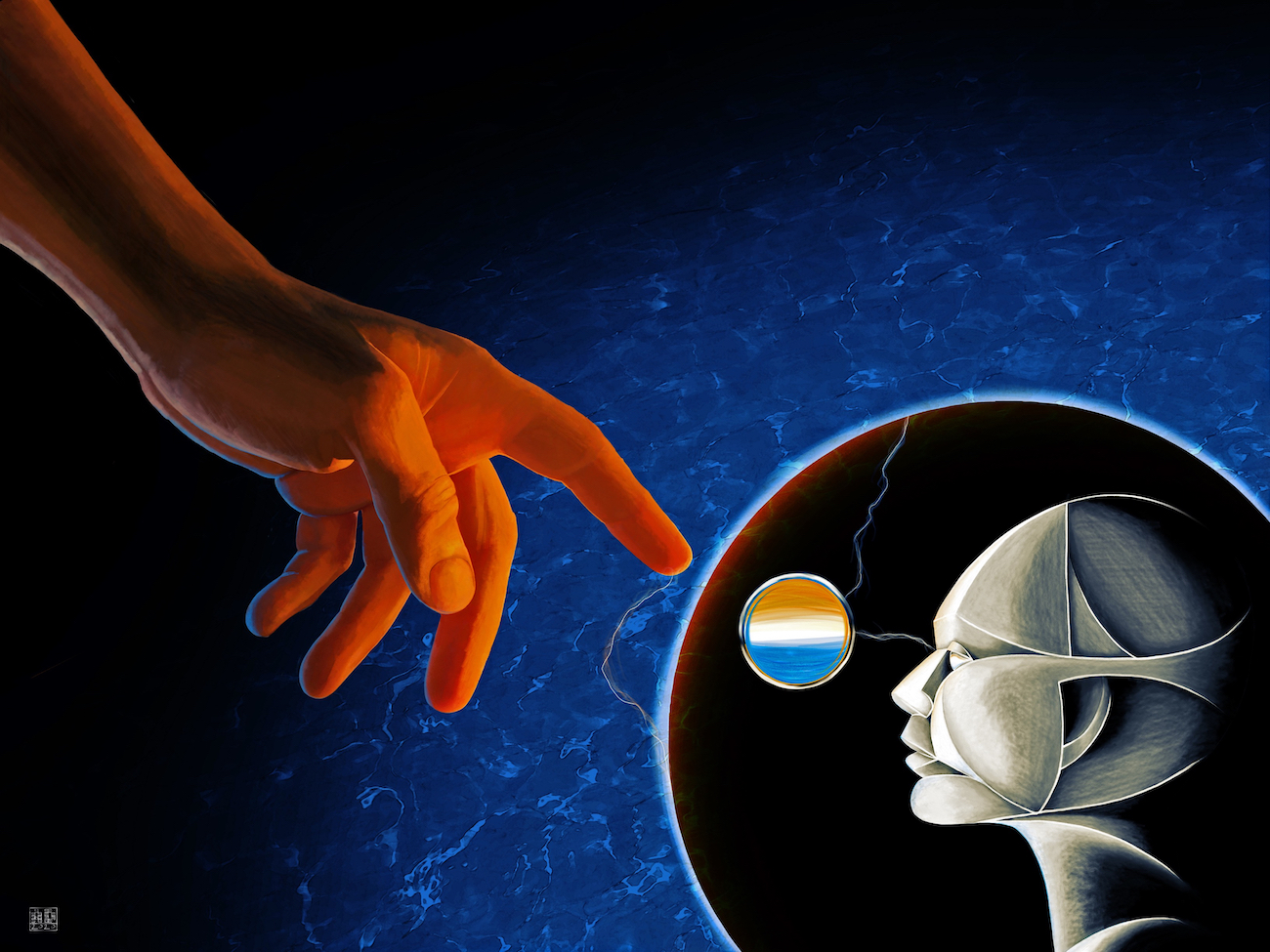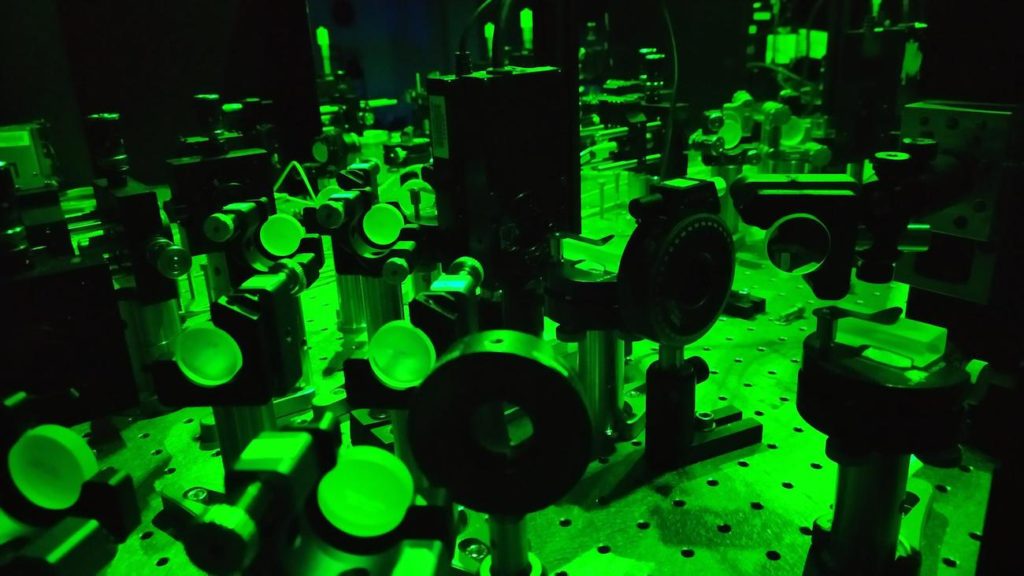
Quantum physicists at Griffith University have unveiled a new paradox that says, when it comes to certain long-held beliefs about nature, “something’s gotta give”.
Quantum theory is practically perfect at predicting the behaviour we observe when we perform experiments on tiny objects like atoms. But applying quantum theory at scales much larger than atoms, in particular to observers who make the measurements, raises difficult conceptual issues.
In a paper published in , an international team led from Griffith University in Australia has sharpened those issues into a new paradox.
“The paradox means that if quantum theory works to describe observers, scientists would have to give up one of three cherished assumptions about the world,” said , a senior theory author on the paper.
“The first assumption is that when a measurement is made, the observed outcome is a real, single event in the world. This assumption rules out, for example, the idea that the universe can split, with different outcomes being observed in different parallel universes.”
“The second assumption is that experimental settings can be freely chosen, allowing us to perform randomised trials. And the third assumption is that once such a free choice is made, its influence cannot spread out into the universe faster than light,” he said.
“Each of these fundamental assumptions seems entirely reasonable, and is widely believed. However, it is also widely believed that quantum experiments can be scaled up to larger systems, even to the level of observers. But we show that one of these widely held beliefs must be wrong! Giving up any one of them has far-reaching consequences for our understanding of the world.”
The team has established the paradox by analysing a scenario with well-separated entangled quantum particles combined with a quantum ‘observer’ – a quantum system which can be manipulated and measured from the outside, but which can itself make measurements on a quantum particle.
“Based on the three fundamental assumptions, we have mathematically determined limits on what experimental results are possible in this scenario. But quantum theory, when applied to observers, predicts results which violate these limits. In fact, we have already performed a proof-of-principle experiment using entangled photons (particles of light),” said , a senior experimental author. “And we found a violation just as quantum theory predicted.”
“But our ‘observer’ had a very small ‘brain’, so to speak. It has just two memory states, which are realised as two different paths for a photon. That’s why we call it a proof-of-principle experiment, not a conclusive demonstration that one of the three fundamental assumptions in our paradox must be wrong,” she said.
“For a more definitive implementation of the paradox, our dream experiment is one where the quantum observer is a human-level artificial intelligence program running on a massive quantum computer,” said , the leader of the project and Director of Griffith’s , where the theoretical and experimental teams are based.
“That would be a pretty convincing test of whether quantum theory fails for observers, or whether one of the three fundamental assumptions is false. But that’s probably decades away.”

The in which the experiment was performed is also part of the , an Australian Research Council Centre of Excellence.
“It has long been recognised that quantum computers will revolutionise our ability to solve hard computational problems,” Professor Wiseman said.
“What we didn’t realise until we started this research is that they may also help answer hard philosophical problems – the nature of the physical world, the mental world, and their relationship.”







